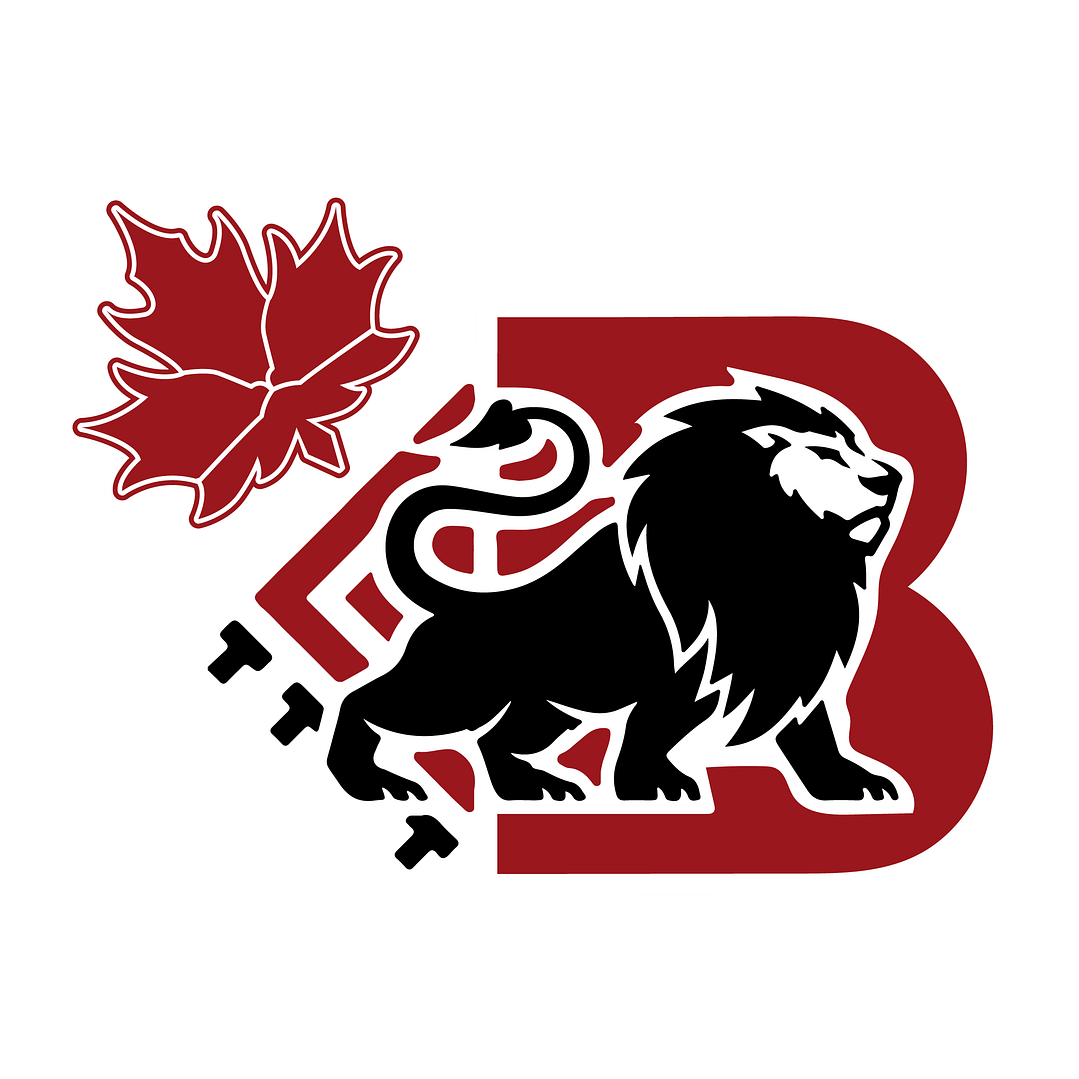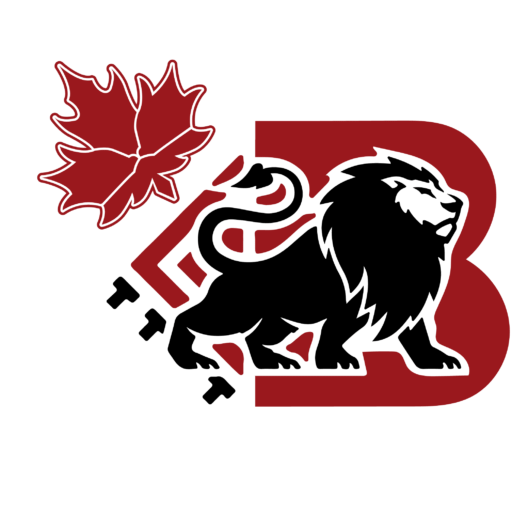Montreal has long been a hub of creativity and innovation, a city where art, culture, and technology intersect in unique ways. Over the years, Montreal’s web design scene has evolved dramatically, reflecting global trends while carving out its own distinct identity. From the early days of static HTML pages to today’s dynamic, interactive, and highly responsive sites, web design in Montreal has come a long way. In this article, we’ll take a look back at the evolution of website design Montreal, highlighting some of the city’s most iconic websites and exploring how they have influenced the local and global web design landscape.
1. The Early Days: Static HTML and the Rise of Flash
In the late 1990s and early 2000s, the internet was still in its infancy, and web design was a relatively new discipline. During this period, most websites were built using static HTML, featuring simple text, basic images, and very little interactivity. Montreal, known for its vibrant arts scene, quickly adopted these new digital tools to showcase local artists, businesses, and cultural institutions.
- Early Arts and Cultural Websites: One of the earliest examples of Montreal embracing web design was through arts and cultural websites. The Montreal Museum of Fine Arts, for instance, was among the first to establish an online presence, using basic HTML to provide information about exhibits and events. These early sites were minimalistic but served their purpose of connecting the public with Montreal’s rich cultural offerings.
- Flash Takes Center Stage: By the early 2000s, Flash became the go-to technology for web designers looking to create more engaging, multimedia-rich websites. Montreal designers, always eager to push boundaries, embraced Flash to create highly interactive and visually stunning websites. This era saw the rise of Flash-based portfolios, particularly for Montreal’s burgeoning creative industries such as fashion, film, and graphic design.
Example: A notable site from this era was the Flash-driven portfolio of Sid Lee, a Montreal-based creative agency. Their website was known for its dynamic animations and interactive elements, setting a new standard for creative web design in the city.
2. The Shift to Accessibility and Functionality: HTML5 and CSS3
As the internet matured, the limitations of Flash—such as long loading times and lack of mobile compatibility—became apparent. The introduction of HTML5 and CSS3 marked a turning point, enabling designers to create more functional and accessible websites without sacrificing creativity. This shift was particularly significant in Montreal, where the need to cater to a bilingual audience and diverse user base was paramount.
- Responsive Design and Mobile Optimization: Montreal businesses began prioritizing responsive design, ensuring that websites looked and functioned well on all devices. This was driven by the city’s tech-savvy population, which increasingly accessed the internet via smartphones and tablets. Local web design firms led the charge, creating mobile-first websites that delivered a seamless user experience across platforms.
- Emphasis on Accessibility: As Montreal’s digital landscape evolved, so did the emphasis on accessibility. Websites started incorporating features like screen reader compatibility, adjustable font sizes, and multilingual options to better serve Montreal’s diverse population. This move towards inclusivity reflected the city’s commitment to making the web accessible to all, regardless of language or ability.
Example: The redesign of the City of Montreal’s official website in the 2010s was a landmark project that exemplified these principles. The new site featured a clean, responsive design with easy navigation, bilingual content, and enhanced accessibility features, making it a model for other municipal websites across Canada.
3. The Rise of UX/UI: Focusing on the User Experience
In recent years, user experience (UX) and user interface (UI) design have taken center stage in web design. For Montreal businesses, this shift reflects a broader trend towards user-centric design that prioritizes the needs and preferences of visitors.
- Data-Driven Design: Montreal’s web designers have increasingly turned to data analytics to inform design decisions. By analyzing user behavior, they can create more intuitive navigation, personalized content, and optimized layouts that enhance the overall user experience. This approach is especially crucial for e-commerce websites, where UX/UI design can directly impact sales and conversions.
- Visual Storytelling: The trend of visual storytelling has also gained traction in Montreal’s web design scene. Designers use high-quality visuals, videos, and animations to tell compelling stories about brands, products, and services. This narrative-driven approach not only engages users but also helps build stronger connections with the audience.
Example: Frank And Oak, a Montreal-based fashion retailer, is a prime example of effective UX/UI design. Their website uses clean, minimalist design elements, combined with personalized recommendations and easy navigation, creating a seamless shopping experience that resonates with their target audience.
4. Embracing Montreal’s Cultural Diversity in Web Design
Montreal’s unique blend of cultures is a defining characteristic of the city, and local web design has increasingly sought to reflect this diversity. From bilingual content to designs that celebrate Montreal’s heritage, the city’s websites are embracing inclusivity in new and creative ways.
- Bilingual and Multilingual Websites: In a city where French and English coexist, bilingual websites are a necessity rather than a luxury. Modern Montreal web design goes beyond mere translation, ensuring that the user experience is consistent and culturally relevant in both languages. This involves not just translating text, but also localizing content, visuals, and even color schemes to suit the preferences of different audiences.
- Celebrating Local Culture: Montreal’s web designers often draw inspiration from the city’s vibrant arts scene, incorporating local art, music, and festivals into their designs. This not only adds a unique local flavor but also strengthens the connection between businesses and the Montreal community.
Example: The website for the Montreal Jazz Festival is a standout example of how local culture can be seamlessly integrated into web design. The site’s dynamic visuals, vibrant colors, and interactive features capture the energy of the festival, offering an immersive experience that reflects the spirit of Montreal’s cultural scene.
5. The Future of Web Design in Montreal: What’s Next?
As technology continues to evolve, so too will web design in Montreal. Emerging trends such as artificial intelligence, augmented reality, and voice search are set to transform the way local businesses connect with their audiences online.
- AI and Personalization: Artificial intelligence is poised to take personalization to new heights. Montreal web designers are already experimenting with AI-driven features like chatbots, personalized content recommendations, and predictive analytics to enhance user engagement and satisfaction.
- Sustainability in Web Design: As environmental awareness grows, sustainable web design is becoming a priority. This includes optimizing websites for energy efficiency, reducing server loads, and even choosing eco-friendly hosting options. Montreal’s businesses, known for their progressive values, are likely to lead the way in adopting these practices.
- Augmented Reality (AR) and Virtual Experiences: The integration of AR into web design offers exciting possibilities, especially for industries like retail, real estate, and tourism. By allowing users to interact with products or explore spaces virtually, AR can provide a more immersive and engaging experience, setting Montreal businesses apart in a crowded digital marketplace.
Conclusion
The evolution of web design Montreal is a testament to the city’s innovative spirit and commitment to excellence. From the rudimentary HTML sites of the early internet to today’s sophisticated, user-centric designs, Montreal has consistently been at the forefront of web design trends.
By embracing new technologies, celebrating local culture, and prioritizing user experience, Montreal’s web designers have created a digital landscape that reflects the city’s dynamic character. As we look to the future, it’s clear that Montreal will continue to be a leader in web design, setting new standards and inspiring the next generation of digital creatives.
Whether you’re a local business looking to update your online presence or a designer seeking inspiration, there’s much to learn from Montreal’s rich web design history. The city’s journey from Flash to modern, responsive design offers valuable insights into the power of adaptability, creativity, and a deep understanding of the audience—a blueprint for success in the ever-evolving world of web design montreal.


